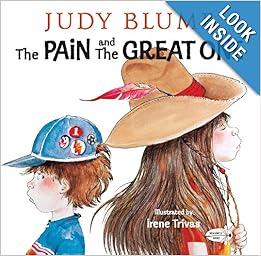Hey there!
I am here to link up with my buddy Jessica at Ideas by Jivey for Workshop Wednesday!
We have been integrating science and social studies into writing like crazy over the past month!!
I discovered something really fun! I can run notebook paper through the copier!!! I probably shouldn't be that excited about it, but I really was!! So, for the pieces that I am collecting to put in my students' writing portfolios, I have been typing the writing prompts and running them at the top of notebook paper! It makes me happy!! (Crazy, I know!!) I wish I'd thought of it sooner! You probably already knew about this!! Why didn't you tell me? ;O)
Here is a prompt we did last week integrating weather (the unit we were ending in science). I like to give them choices and I try really hard to give a narrative, informational, and persuasive choice for each one, if I can think of one!
I loved reading these because the students' voices came out loud and clear! We are working on voice right now with our Native American informational writing and they are having a hard time, but they did it easily here. This is a great reference that I can refer back to to show them how easily they used voice! We are working on infusing this into our writing now, so we don't sound like an encyclopedia! These books are a great mentor text for informational writing because they are so fun to read and they give the nasty details of sailing with Christopher Columbus!!
This is the book we read:
Finally, I followed up this "poster" of caption writing with our big Christopher Columbus writing prompt. I am actually amazed at how they are coming along with their writing. However, I think it really helps that we studied about Columbus in social studies and in language arts so they have tons of background knowledge (and opinions!) about this!
I'll tell you one last trick that has really helped me with getting all of this writing done this year. One of the other reasons I started printing the prompts on notebook paper was because I wanted my ENTIRE class to be working on writing in science and social studies. However, we don't have enough time for me to teach the entire curriculum, plus do all of this deep, intensive writing during our social studies block. So, I started giving it to my students once a week as morning work.
Since some of my students go to Advanced Language Arts (gifted students) they have their writing notebooks in there. I was afraid they'd get confused if I had them write in their science and social studies interactive notebooks. So, this was my solution. I print the prompts out on notebook paper (mostly, except this last one because they were very detailed prompts) and have them on their desk in the mornings. For some reason 4th graders don't do so well writing on unlined paper (imagine that- neither do I!) so this solved multiple problems.
And you know what? It's worked out beautifully! I'm very pleased with how they have been doing! Now I can use my writing workshop time to conference on these pieces, that are already mostly written!! Granted, it usually takes about two days for them to produce a quality product, but it is well worth it!!
How do YOU integrate writing into other subject areas?
I hope you have a great Halloween tomorrow!
Amanda
















































